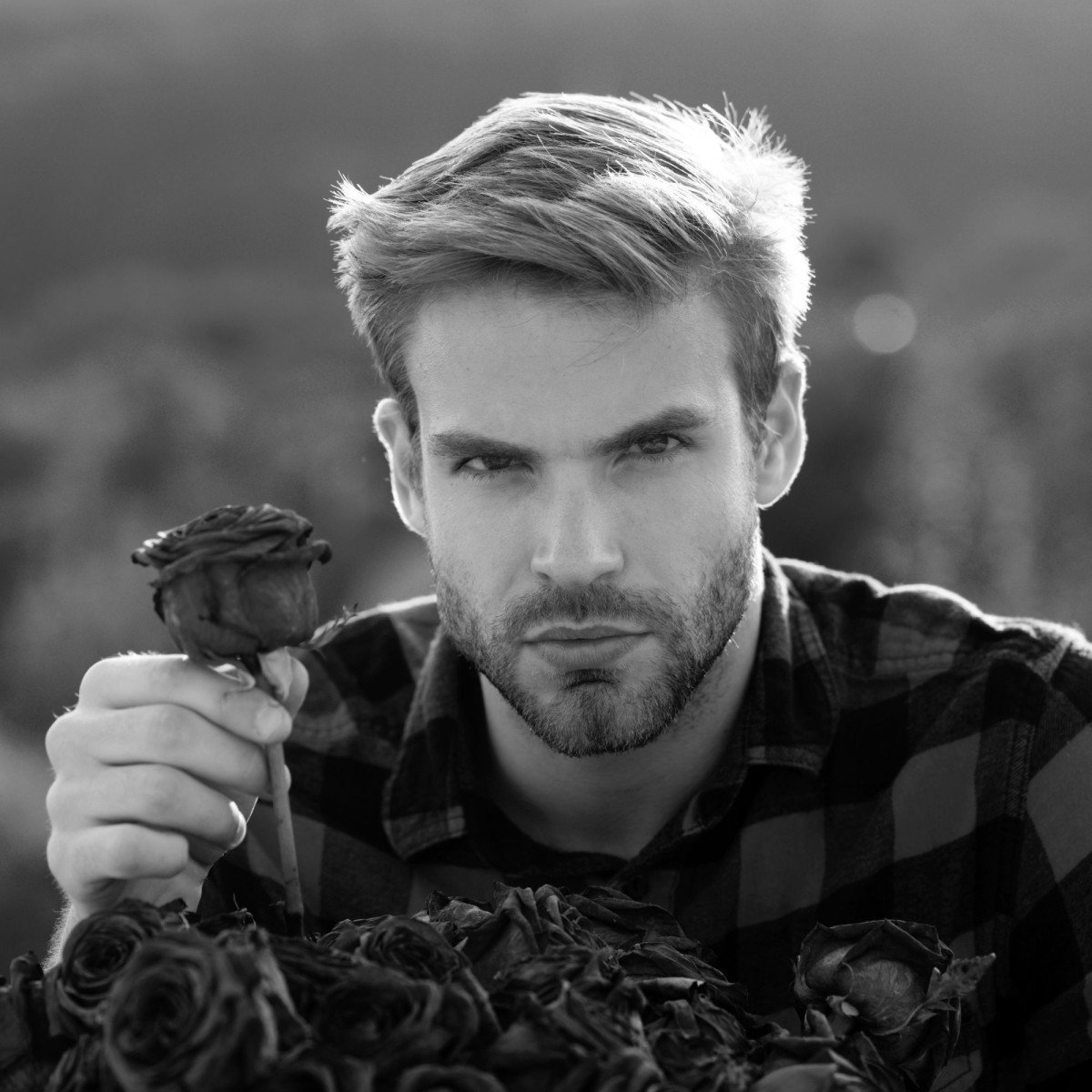Cast your mind back to one of those viral photo moments that flooded the internet. Was it a disaster-in-waiting caught on camera, a heated exchange frozen in time, or perhaps a moment of joy shared millions of times? But did you ever pause and wonder about the story beyond that frame? Have you ever thought, ‘What if there’s more to it than meets the eye?’ Let’s delve into a surprising statistic: According to a study by the University of Sheffield, nearly 60% of internet users have misinterpreted a photo they come across due to lack of context.
As fascinating as they might be, photos are essentially a snapshot of a larger narrative. Too often, they’re shared without a backstory, leading to gross misunderstandings or assumptions. This is where, as photographers, we must be attentive to the ethical implications of our work. In a world increasingly consumed by clickbait culture and out of context content, understanding the potential harm of photos sans context becomes imperative. Are we, as photographers and consumers of visual content, unknowingly contributing to a culture of misinformation?
If you’re interested in ethics in photojournalism, you might already comprehend the vital importance of context in reframing narratives. The danger lies in the perception war that might ensue from a photo stripped of its context.
The Power and Peril of Photos Without Context
The digital revolution allows us to snap, share, and comment without a second thought. However, taken out of context, even the most innocent photos can lead to misinterpretation, causing potential harm. This could range from simple misunderstandings to libel, cyberbullying, or even exploitation.
Consider a scenario where a candid shot is interpreted as an invasion of privacy, or natural calamity photographs are appropriated to spread fear and confusion. As a photographer, you may not intend any ill-will, but your pictures could be misconstrued, misused, or manipulated for the wrong reasons. It’s just like that game of Chinese Whispers we’ve all played as kids, where the original message gets lost and turned into something completely different.
These concerns are particularly relevant in today’s digital world where veracity is often sacrificed at the altar of ‘views’ and ‘shares.’ The drive for instant gratification and viral fame has often led to fabrication, including images used grossly out of context. Ethics in photojournalism and photography at large demands a conscientious approach to how we present our work.
Creating an Ethically Conscious Photography Culture
So, how can we foster a photography ethic that respects the power of context and the potential harm of its absence? As photographers, we bear the responsibility of presenting our work in a way that doesn’t mislead viewers or exploit subjects.
When sharing photos, strive to provide sufficient context. Be mindful that once your image is out there, it’s virtually impossible to control how it’s distributed or interpreted. Also, be considerate of the possible interpretations of your photos, especially when dealing with sensitive subjects. Exercise discretion and act ethically – your lens is an extension of your perspective.
Champion the cause by educating – share resources and engage in discussions about the ethics of photography. Encourage peers and audiences alike to consider the story behind the lens. Only by fostering such a dialogue can we hope to curb misinformation and encourage responsible photography.
At the end of the shutter-click, we should ask ourselves: are we painting an honest picture? The images we share have the power to create narratives. Let’s ensure their stories are told in full, not snippets.


0 Comment